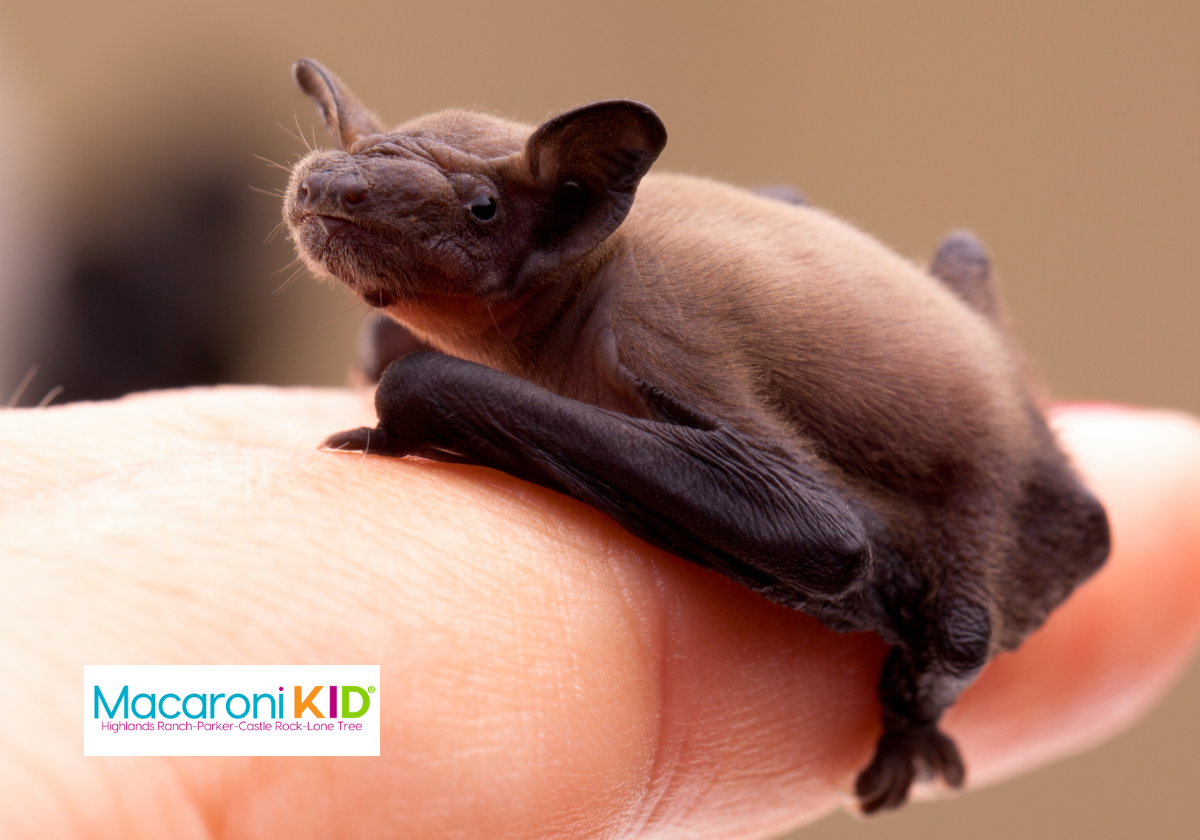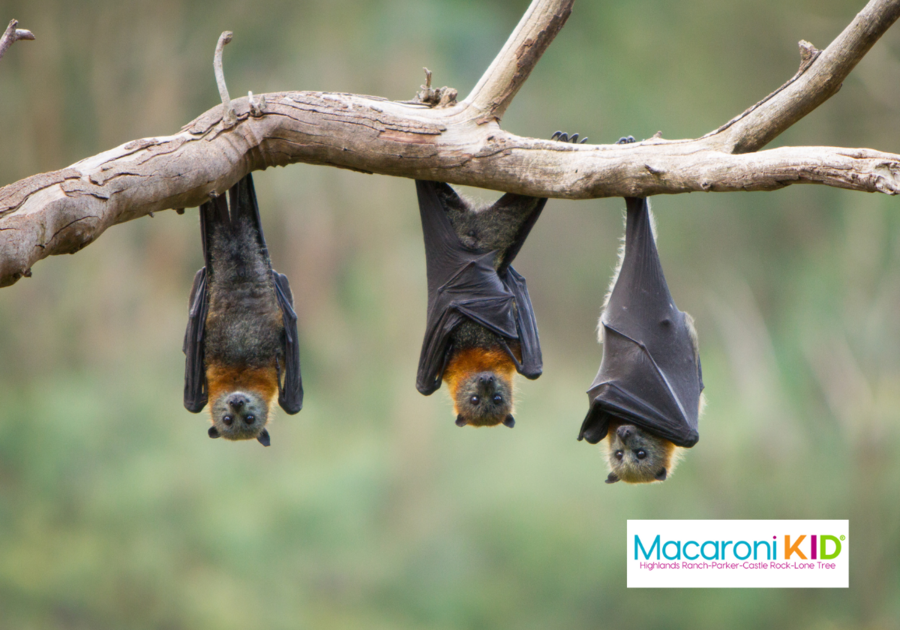Bats are amazing creatures, and they need our help! Bat Week is an annual, international celebration created to raise awareness about the need for bat conservation.
Bats are vital to the health of our natural world and economy. Even though we may not always see them, bats are working hard all around the world every night, eating tons of insects, pollinating flowers, and spreading seeds that grow new plants and trees.
Why Bats Matter
Humans need bats. There are more than 1,400 species of bats in the world — that’s almost one-fifth of all mammal species! Bats live almost everywhere on Earth except the most extreme desert and polar regions. So, no matter where you live, it is almost guaranteed that there are bats living near you. A single bat can eat up to its body weight in insects each night, helping to protect our food crops and forests from insect pests, and saving farmers and forest managers billions of dollars each year.

The Big Brown Bat, Colorado's most prevalent bat
Fun and Fascinating Bat Facts
- Bats come in all shapes and sizes! There is the tiny, adorable bumblebee bat that weighs less than a penny and the big, beautiful flying foxes can have a wingspan of up to six feet.
- Bats are the only mammal that can truly fly. Some other mammals “glide”, but not fly.
- A bat’s wing can be compared to a modified human hand -- just like yours.
- Despite what people think, bats actually have good eyesight (similar to that of humans), but for most bat species, their main technique for navigating or locating prey is using echolocation, which is emitting very high- pitched sounds that bounce off obstacles in their path, like trees, other bats, buildings, and food.
- Bats eat lots of different things. Although almost 70% of bat species feed primarily on insects, some bats are carnivorous, eating meat like rodents, frogs, and fish.
- Only three species of bats feed on animal blood, with two of these species specializing on bird blood.
- Many bats eat pollen, nectar or fruit, which is vital for pollinating flowers and spreading seeds that grow new plants and trees.

A baby Pipistrellus Bat, also found in Colorado
How YOU Can Help Bats
Bat Week is a great time to do something positive for bats, and helping can be super easy. Be creative! Get involved! Be a Bat Hero!
- Start a bat club
- Become a bat advocate and help raise awareness in your community through fundraising, volunteering, working with local media, or educating your family and friends
- Take an urban bat walk and learn about the bats local to your area
- Join Project Noah and document your bat sightings
- Build bat roosting boxes
- Pull weeds out of bat habitats
- Plant native vegetation that attracts bats
- Create bat art
- Ask your governor to proclaim your state’s Bat Week to help bats
- Host a Bat Week Party or other special event to get others excited about bats. You can feature bat-themed games, foods and drinks that are made possible by bats, and/or costume contests – anything that highlights our amazing bats!
- Spread the word! Use your voice on social media (#BatWeek) and help bats get great attention at a time of year that they are often seen as scary, not super!
Check out the Bat Week website for more information, details about ways to help bats, and fun activities. Connect with Bat Week on Facebook and Instagram, and by using the #BatWeek hashtag.



